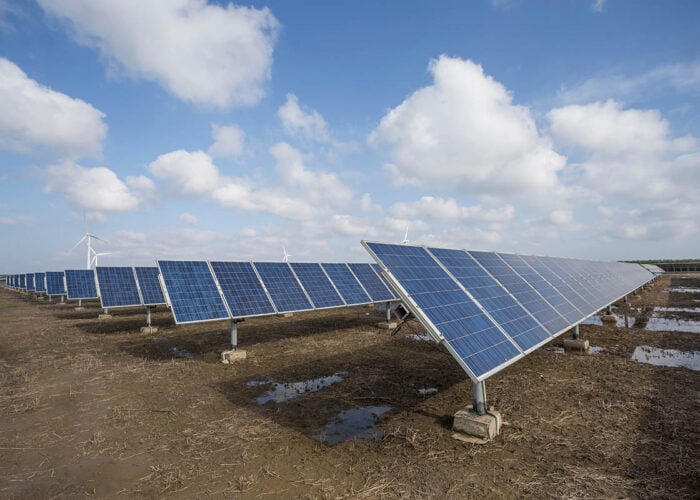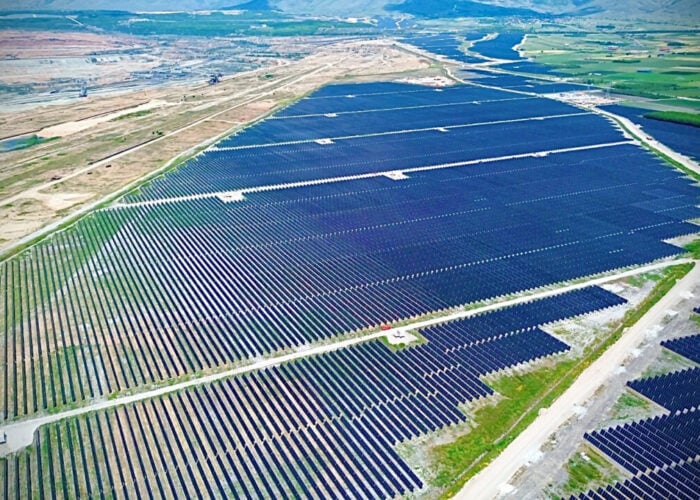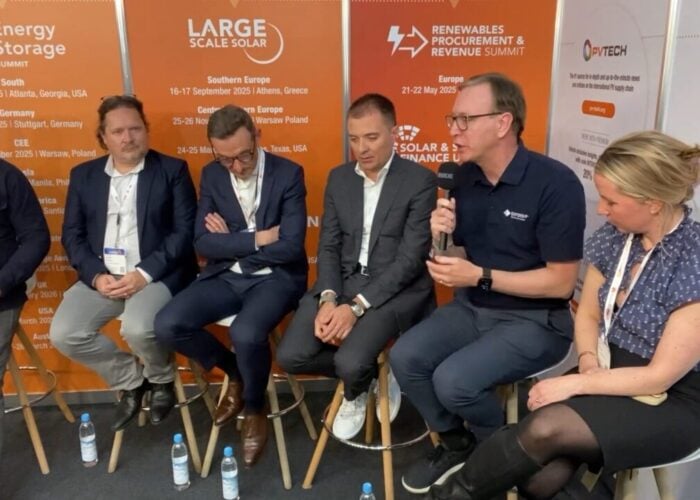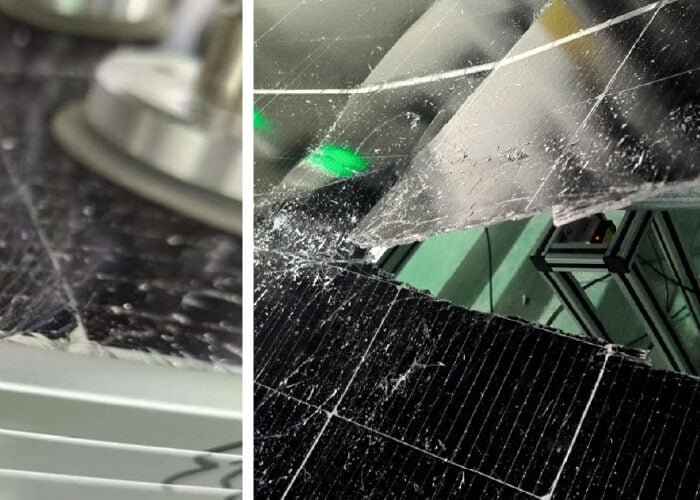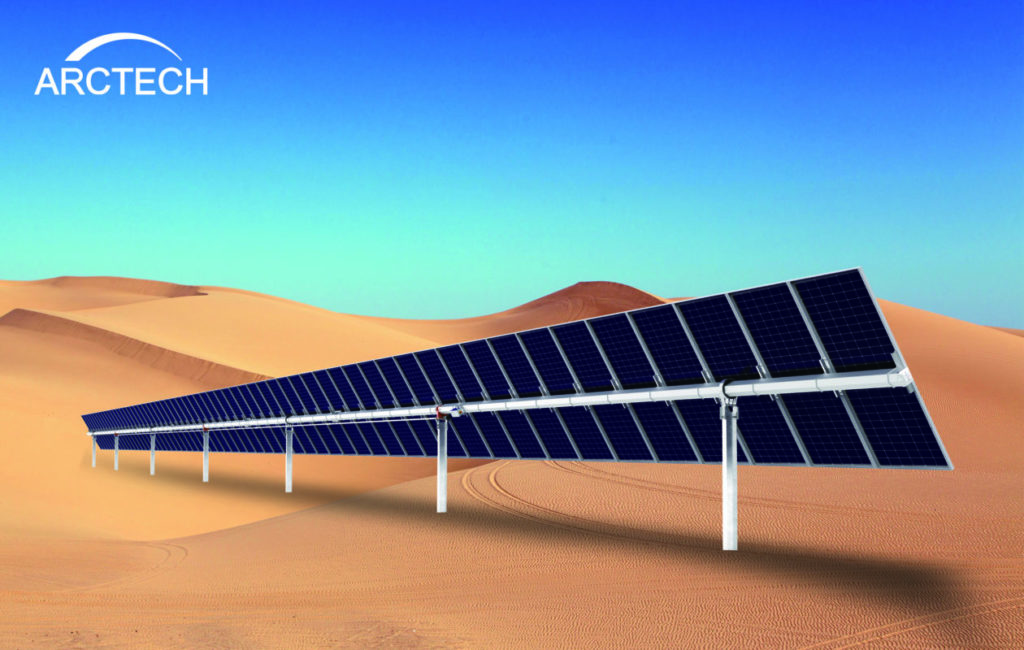
Solar PV developers are experiencing increasing difficulty in finding large areas of land on which to build projects and are therefore frequently relying on solar trackers to maximise output on uneven terrain. As a leading manufacturer and supplier of intelligent trackers and fixed-tilt structures, Arctech has a global presence and a series of advantages that help set it apart from competitors. At Intersolar Europe 2023, PV Tech talked to Pedro Magalhães, the company’s general manager for the EU and North American markets, to learn more about its product portfolio and business objectives.
Headquartered in China, Arctech has a planned production capacity of 20GW and a footprint spanning more than 40 countries, including an office in Spain and six branches in the Americas. Despite the global nature of the company’s business, Magalhães stressed the importance of having local teams who fully understand the specific demands of each market, a point illustrated by the company’s growing catalogue of successes in markets as diverse as India, Saudi Arabia and Lithuania. While the company has been expanding in Eastern Europe, notably in Hungary and Romania, it has no particular preference in terms of new markets, he continued, although Europe and the US offer huge potential, since tracker deployment in these two markets stands at only 300MW and 100MW respectively. China is the company’s largest market, with tracker deployment of more than 6GW, followed by India (over 5GW) and Latin America and the Middle East (both over 3GW).
Unlock unlimited access for 12 whole months of distinctive global analysis
Photovoltaics International is now included.
- Regular insight and analysis of the industry’s biggest developments
- In-depth interviews with the industry’s leading figures
- Unlimited digital access to the PV Tech Power journal catalogue
- Unlimited digital access to the Photovoltaics International journal catalogue
- Access to more than 1,000 technical papers
- Discounts on Solar Media’s portfolio of events, in-person and virtual
In terms of the US market specifically, Magalhães viewed it as completely different to Europe since the US government announced the Inflation Reduction Act (IRA) in 2022, offering tax credits to accelerate US manufacturing of solar panels, wind turbines, batteries and critical mineral processing. Against this backdrop, Magalhães said Arctech is preparing to tap into opportunities in the US market, with the company aiming to announce details of its planning next year: “There will be a lot of innovations and opportunities in the US market, as we will see a lot of different marketing strategies and partnerships.”
“We don’t run our business based upon boundaries or flags, however. Instead, we try to find customers that have a mindset aligned with our own, including technology innovation without compromising fundamentals,” he explained. Apart from a shared mindset, Magalhães also underlined that Arctech looks to forge long term relationships with key customers and “go with them from one country to another”.
The company showcased its SkyLine II product at Intersolar Europe 2023, an independent horizontal single-axis tracker with a range of up to ±60 degrees. Accommodating up to 120 modules per tracker, SkyLine II provides total stability, even when faced with winds of speeds of up to 70 metres per second. The product can also function in extreme temperatures, with an operational range from as low as -30℃ up to 60℃.
Arctech also displayed its SkyWings solution in Munich, a linked row horizontal single-axis tracker with a patented bidirectional slew drive design and synchronous multi-slew drive system with mechanical transmission. Both products are the result of the company’s significant experience in R&D since it launched its first trackers in 2014.
“We are fully and vertically integrated,” commented Magalhães, adding that having its own assembly line in addition to operational and engineering expertise are key differentiators when compared to other companies in the market.

